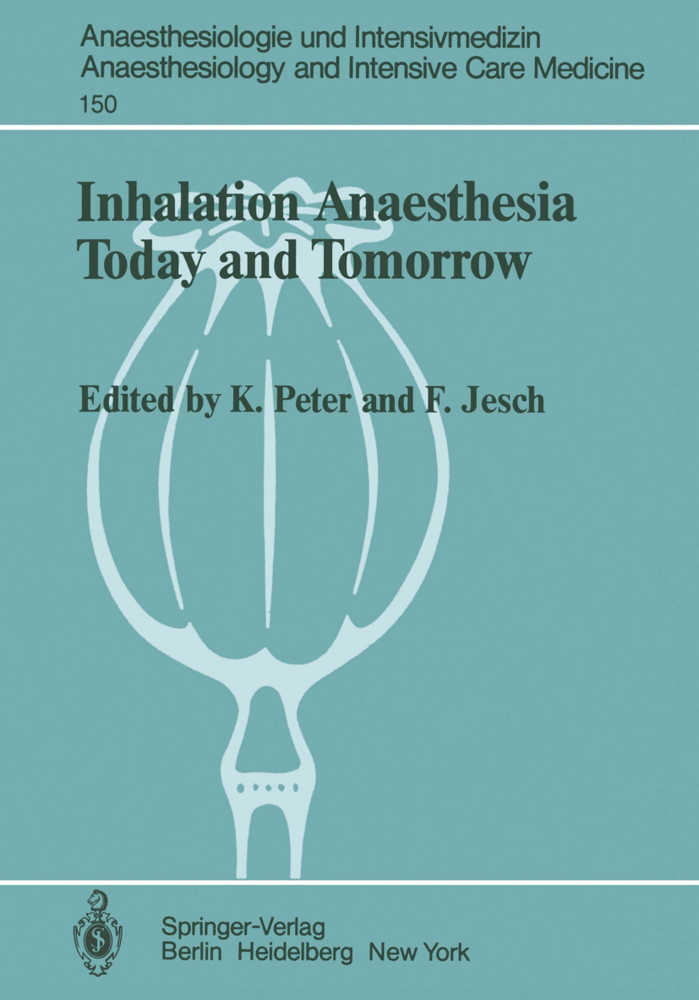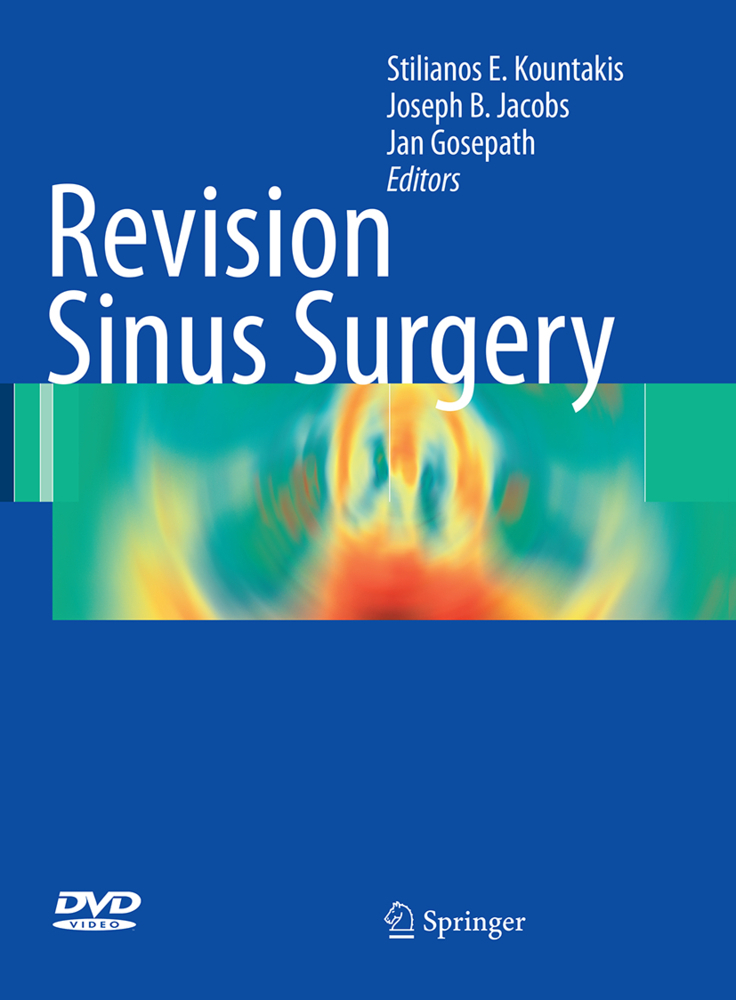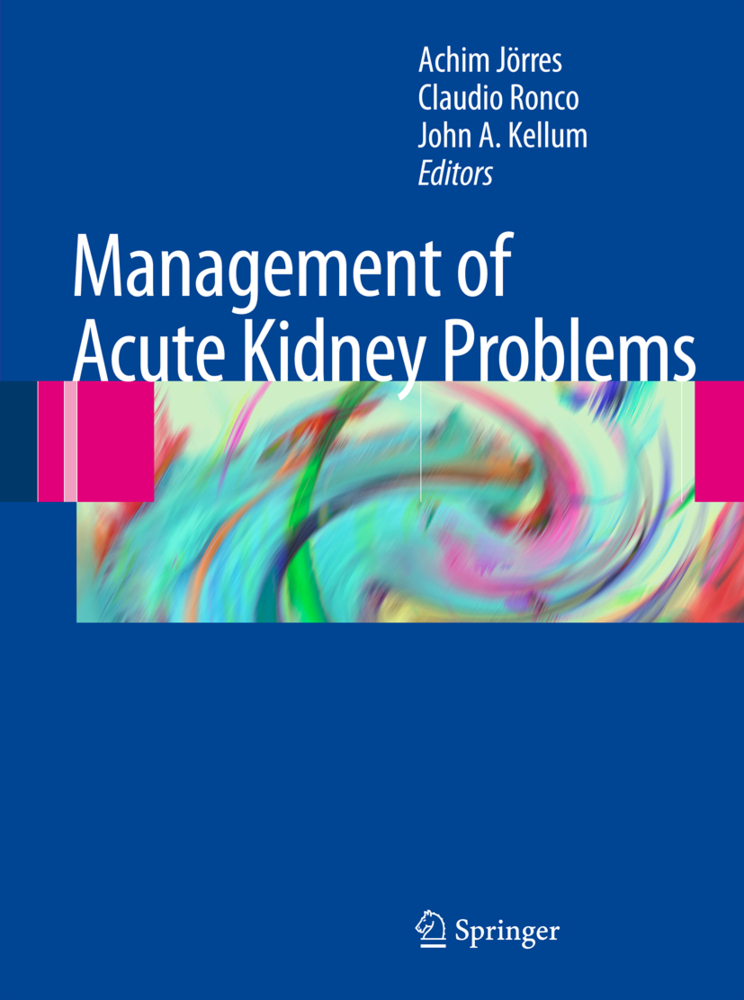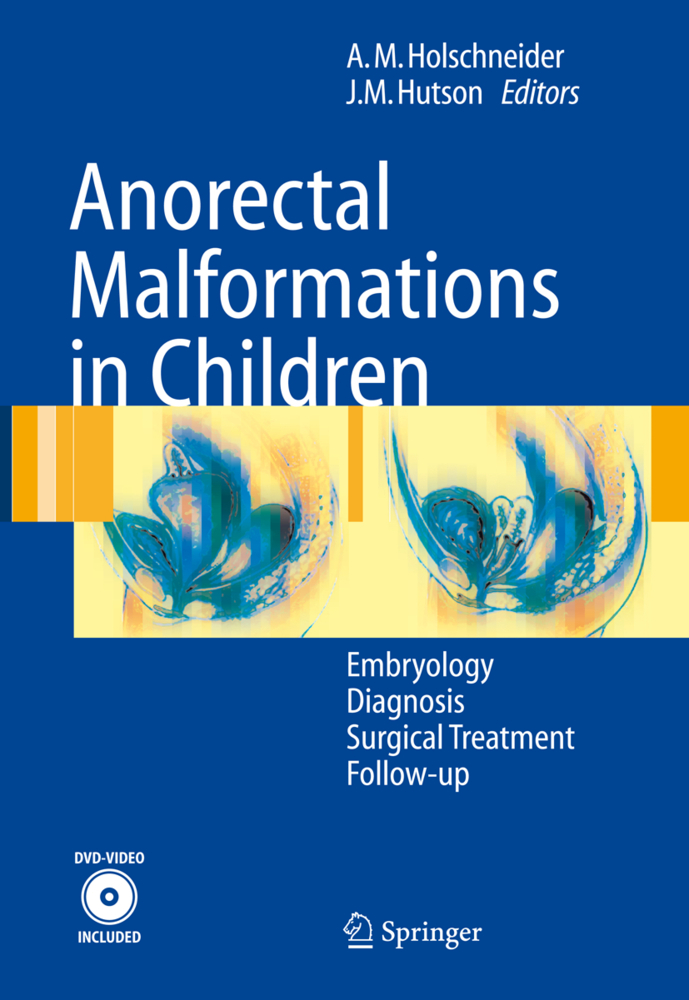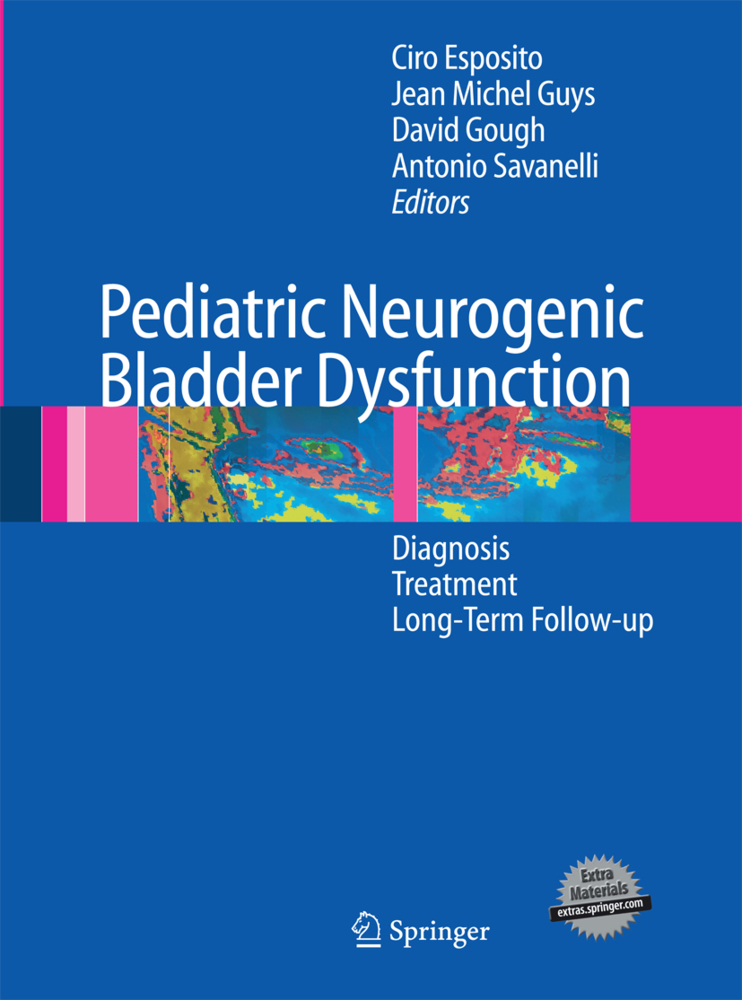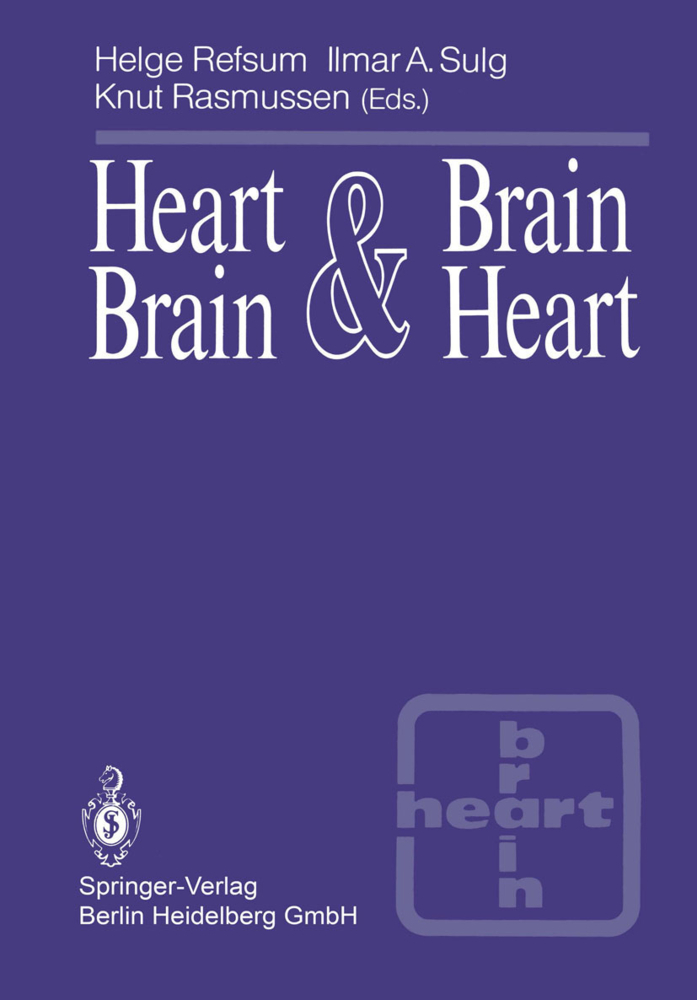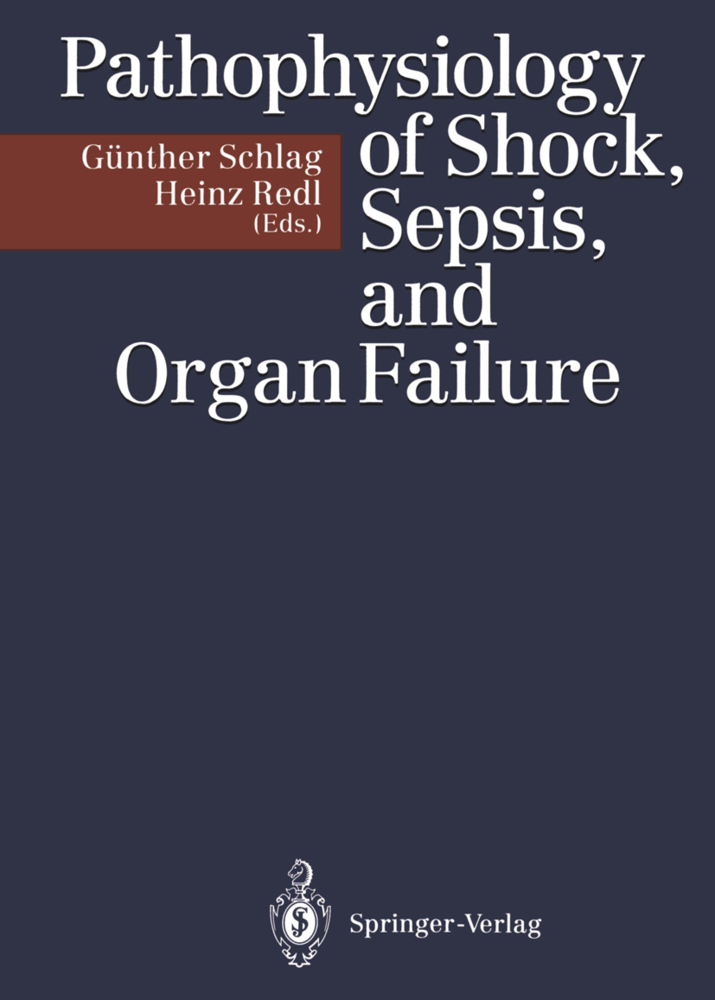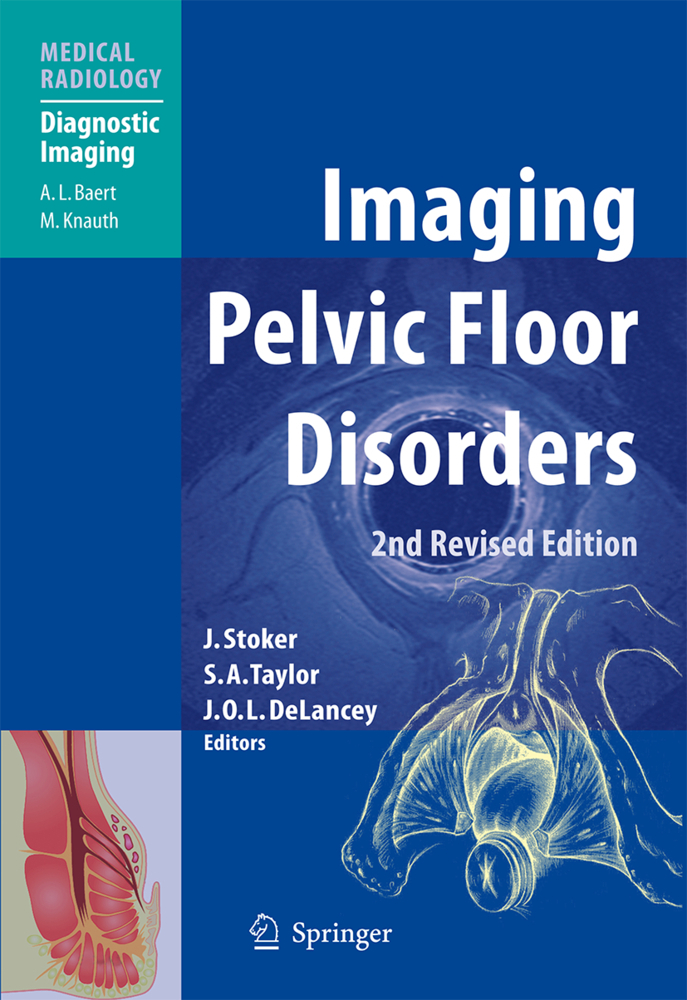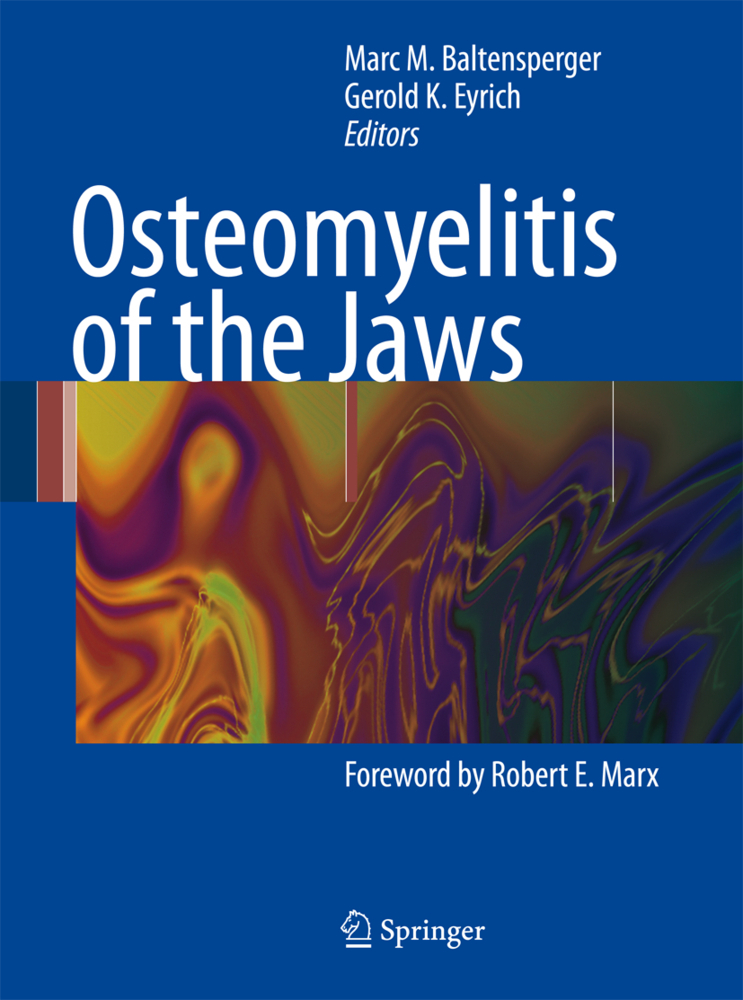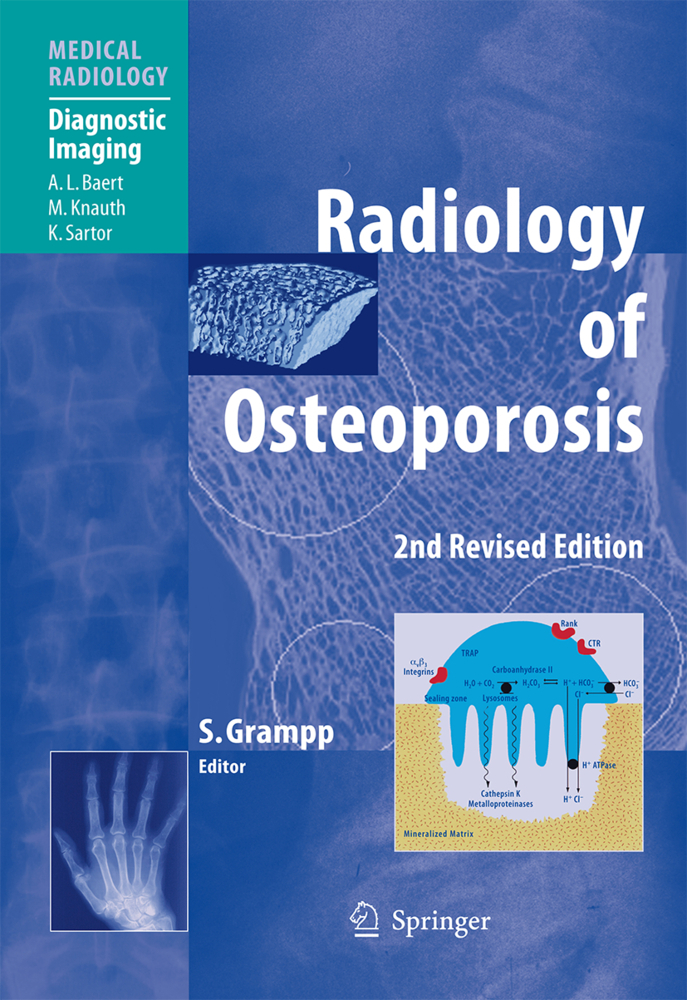Inhalation Anaesthesia Today and Tomorrow
Inhalation Anaesthesia Today and Tomorrow
In clinical anaesthesiology the inhalation anaesthetics halothane (fluothane), enflurane and - in recent times - forane got a renaissance in clinical application. The reasons are not only the ad vantages of volatile anaesthetics, but also the fact that the investi gations of pharmacodynamics and pharmacokinetics of Lv. narcot ics showed negative aspects. It was the aim of the organizers of the symposium to give a survey of the present state of knowledge on inhalation anaesthetics, which is as up-to-date, critical as well as detailed as possible. Furthermore it was the intention to evaluate the recent advances made in the field of basic research. The first section of the symposium in particular enters into the question of the toxicity of volatile anaesthetics as well as their mechanisms of action. In a second main part the influences on cardiovascular system and on microcirculation are discussed. Apart from the extensive discussion of the advances in knowledge in the field of cardiovascular pathophysiology, the focal point of the contribut ions is made up of those with anaesthesia in coronary heart disease and cardiac insufficieny as well as the contribution on interactions of inhalation anaesthetics with cardiovascular drugs. In the third and fourth section the influences of volatile anaesthetics on cerebral, hepatic, renal and pulmonary function are dealt with as well as questions concerning the clinical application. Particular attention is given to the important problems of indicat ion in patients belonging to the extreme age groups.
Current Status of Hepatotoxicity of the Halogenated Inhalation Anaesthetics
Present Status of Chronic Exposure to Trace Concentrations of Volatile Anaesthetics
Aspects of Possible Health Hazards from Traces of Waste Anaesthetic Vapours and Gases
The Kinetics of the Uptake and Elimination of Halothane and Enflurane
Molecular Basis for Unitary Theories of Inhalation Anaesthesia
Clinical Implications of the Pharmacodynamics of Inhalation Anaesthetics
Advances in Cardiovascular Pathophysiology
Anaesthesia in Coronary Heart Disease
The Anaesthetic Management of Coronary and Cardiac Surgery
Influence of Inhalation Anaesthetics on the Autonomic Nervous System
Interactions of Cardiovascular Drugs with Inhalational Anaesthetics
Microcirculatory Effects of Halothane and Enflurane
Distribution of EEG Frequency Bands as Revealed by Factor Analysis During Anaesthesia with Halothane and Enflurane
The Effects of Inhalational Anaesthetics on the Brain
The Effects of Inhalation Anaesthetics on Intracranial Pressure
The Effects of Inhalation Anaesthetic Agents on Liver Blood Flow and Hepatic Oxygen Consumption
Total Effect of Repeated Anaesthetics on Liver Function
The Effect of Inhalation Anaesthetics on Pulmonary Ventilation and Perfusion
Effects of Inhalation Anaesthetics on Renal Function
The Effect of Inhalational Anaesthetics on Skeletal and Smooth Muscle
Inhalational Anaesthesia and Endocrine Disease
Concept in Patients with Hypertension and Coronary Heart Disease - Clinical and Experimental Aspects
Inhalation Anaesthetics as Hypotensive Agents: Controversial Aspects
Inhalation Anaesthesia in Paediatrics
Inhalation Anaesthesia inGeriatric Patients
Balanced Anaesthesia as an Alternative Concept.
Basics of Biotransformation
Hepatic Oxygenation and Fluoride Release During Halothane AnaesthesiaCurrent Status of Hepatotoxicity of the Halogenated Inhalation Anaesthetics
Present Status of Chronic Exposure to Trace Concentrations of Volatile Anaesthetics
Aspects of Possible Health Hazards from Traces of Waste Anaesthetic Vapours and Gases
The Kinetics of the Uptake and Elimination of Halothane and Enflurane
Molecular Basis for Unitary Theories of Inhalation Anaesthesia
Clinical Implications of the Pharmacodynamics of Inhalation Anaesthetics
Advances in Cardiovascular Pathophysiology
Anaesthesia in Coronary Heart Disease
The Anaesthetic Management of Coronary and Cardiac Surgery
Influence of Inhalation Anaesthetics on the Autonomic Nervous System
Interactions of Cardiovascular Drugs with Inhalational Anaesthetics
Microcirculatory Effects of Halothane and Enflurane
Distribution of EEG Frequency Bands as Revealed by Factor Analysis During Anaesthesia with Halothane and Enflurane
The Effects of Inhalational Anaesthetics on the Brain
The Effects of Inhalation Anaesthetics on Intracranial Pressure
The Effects of Inhalation Anaesthetic Agents on Liver Blood Flow and Hepatic Oxygen Consumption
Total Effect of Repeated Anaesthetics on Liver Function
The Effect of Inhalation Anaesthetics on Pulmonary Ventilation and Perfusion
Effects of Inhalation Anaesthetics on Renal Function
The Effect of Inhalational Anaesthetics on Skeletal and Smooth Muscle
Inhalational Anaesthesia and Endocrine Disease
Concept in Patients with Hypertension and Coronary Heart Disease - Clinical and Experimental Aspects
Inhalation Anaesthetics as Hypotensive Agents: Controversial Aspects
Inhalation Anaesthesia in Paediatrics
Inhalation Anaesthesia inGeriatric Patients
Balanced Anaesthesia as an Alternative Concept.
| ISBN | 978-3-540-11757-5 |
|---|---|
| Artikelnummer | 9783540117575 |
| Medientyp | Buch |
| Copyrightjahr | 1982 |
| Verlag | Springer, Berlin |
| Umfang | XII, 259 Seiten |
| Abbildungen | XII, 259 p. 14 illus. |
| Sprache | Englisch |

